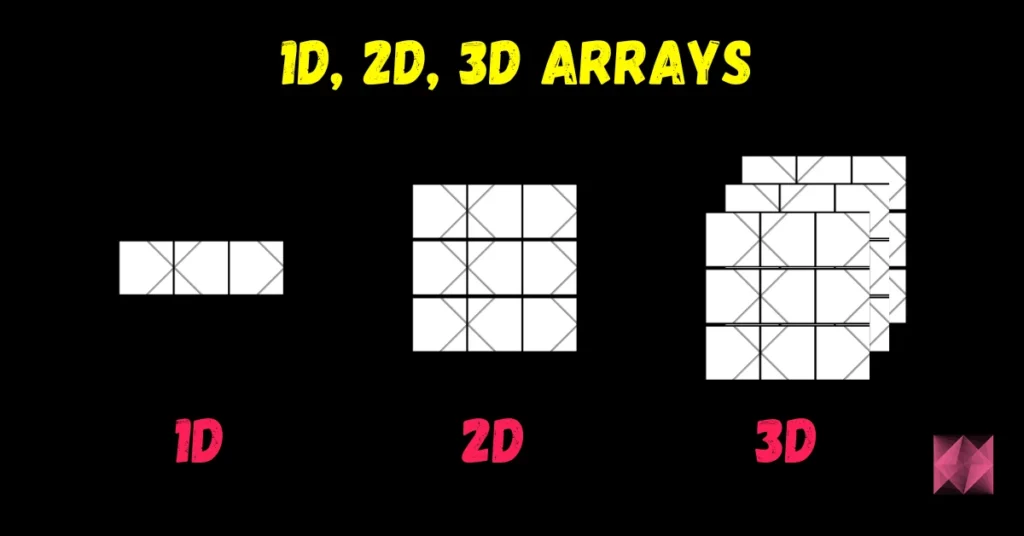Hey guys in today’s blog we will learn about Python Lists. When it comes to data manipulation and storage in Python, the list is an indispensable tool. Lists are a fundamental data structure in Python, allowing you to store and organize collections of items.
Whether you’re a beginner or an experienced developer, understanding Python lists and their capabilities is crucial for efficient and effective programming.
Creating and Accessing Lists
Creating a list in Python is straightforward. Simply enclose a sequence of items within square brackets, separating them with commas. Lists can contain elements of different data types, including numbers, strings, and even other lists. For example:
fruits = ['apple', 'banana', 'orange'] numbers = [1, 2, 3, 4, 5] mixed_list = ['apple', 1, 'banana', 2] nested_list = [['a', 'b', 'c'], [1, 2, 3]]
To access individual elements in a list, Python provides indexing. Indexing starts from 0, so the first element has an index of 0, the second has an index of 1, and so on. You can also use negative indexing to access elements from the end of the list. For example:
print(fruits[0]) # Output: 'apple' print(numbers[-1]) # Output: 5 print(nested_list[0][1]) # Output: 'b'
Basic Operations and Methods
Python lists offer a wide range of operations and methods that make data manipulation convenient. Here are some of the most commonly used ones:
- Length: Determine the number of elements in a list using the
len()function. For instance:
print(len(fruits)) # Output: 3
- Concatenation: Combine two lists using the
+operator. For example:
combined_list = fruits + numbers print(combined_list) # Output: ['apple', 'banana', 'orange', 1, 2, 3, 4, 5]
- Slicing: Extract a portion of a list using slicing notation. Slicing allows you to create new lists by specifying start, end, and step values. For instance:
print(numbers[1:4]) # Output: [2, 3, 4] print(numbers[::2]) # Output: [1, 3, 5] print(numbers[::-1]) # Output: [5, 4, 3, 2, 1]
- Mutability: Lists are mutable, meaning you can modify their elements. Assigning a new value to an index modifies the list. For example:
fruits[0] = 'pear' print(fruits) # Output: ['pear', 'banana', 'orange']
- Methods: Python provides numerous built-in methods for lists, such as
append(),insert(),remove(), andsort(). These methods enable you to add, remove, or sort elements within a list. Here’s an example:
fruits.append('kiwi')
print(fruits) # Output: ['pear', 'banana', 'orange', 'kiwi']
numbers.insert(2, 10)
print(numbers) # Output: [1, 2, 10, 3, 4, 5]
fruits.remove('banana')
print(fruits) # Output: ['pear', 'orange']
numbers.sort()
print(numbers) # Output: [1, 2, 3, 4, 5]
Iterating over Lists
Python lists provide convenient ways to iterate over their elements using loops. You can use a for loop to iterate through each item in a list and perform specific operations. Here’s an example:
for fruit in fruits:
print(fruit)
This loop will iterate over each fruit in the fruits list and print its name. You can also use the enumerate() function to access both the index and the corresponding element within the loop:
for index, fruit in enumerate(fruits):
print(index, fruit)
This allows you to retrieve the index value along with the element during iteration.
List Comprehensions
List comprehensions provide a concise and powerful way to create new lists based on existing lists. They allow you to combine iteration and conditional statements in a single line. Here’s an example that generates a new list containing the squares of numbers from 1 to 5:
squares = [num**2 for num in range(1, 6)] print(squares) # Output: [1, 4, 9, 16, 25]
In this example, the list comprehension iterates over the range from 1 to 6, calculates the square of each number, and creates a new list with the squared values.
Nested Lists and Multi-dimensional Arrays

Python lists can be nested, meaning you can have lists within lists. This allows you to create multi-dimensional arrays for representing complex data structures. For instance, a 2-dimensional list can be used to represent a grid or a matrix:
grid = [[1, 2, 3],
[4, 5, 6],
[7, 8, 9]]
To access individual elements in a multi-dimensional list, you can use nested indexing:
print(grid[0][1]) # Output: 2 print(grid[2][0]) # Output: 7
Lists vs. Other Data Structures
While lists are a versatile tool, it’s important to note that there are other data structures in Python with specific use cases. For example, if you require fast insertion and deletion of elements, a linked list or a deque (double-ended queue) might be more suitable. If you need to perform mathematical operations or store large numerical datasets, using libraries such as NumPy or Pandas can provide significant performance improvements.
Conclusion
Python lists are a fundamental and powerful data structure that allows you to store, manipulate, and access collections of items. With their versatility and rich set of operations and methods, lists offer a convenient way to handle data in Python. Whether you’re a beginner or an experienced developer, mastering the use of lists is essential for efficient and effective programming. So, embrace the power of Python lists and unlock a world of possibilities for data manipulation and storage.
So this was all for this blog guys, If you really went through all the examples, by now you already have a basic understanding of Python Lists…
Check out our other python programming examples
